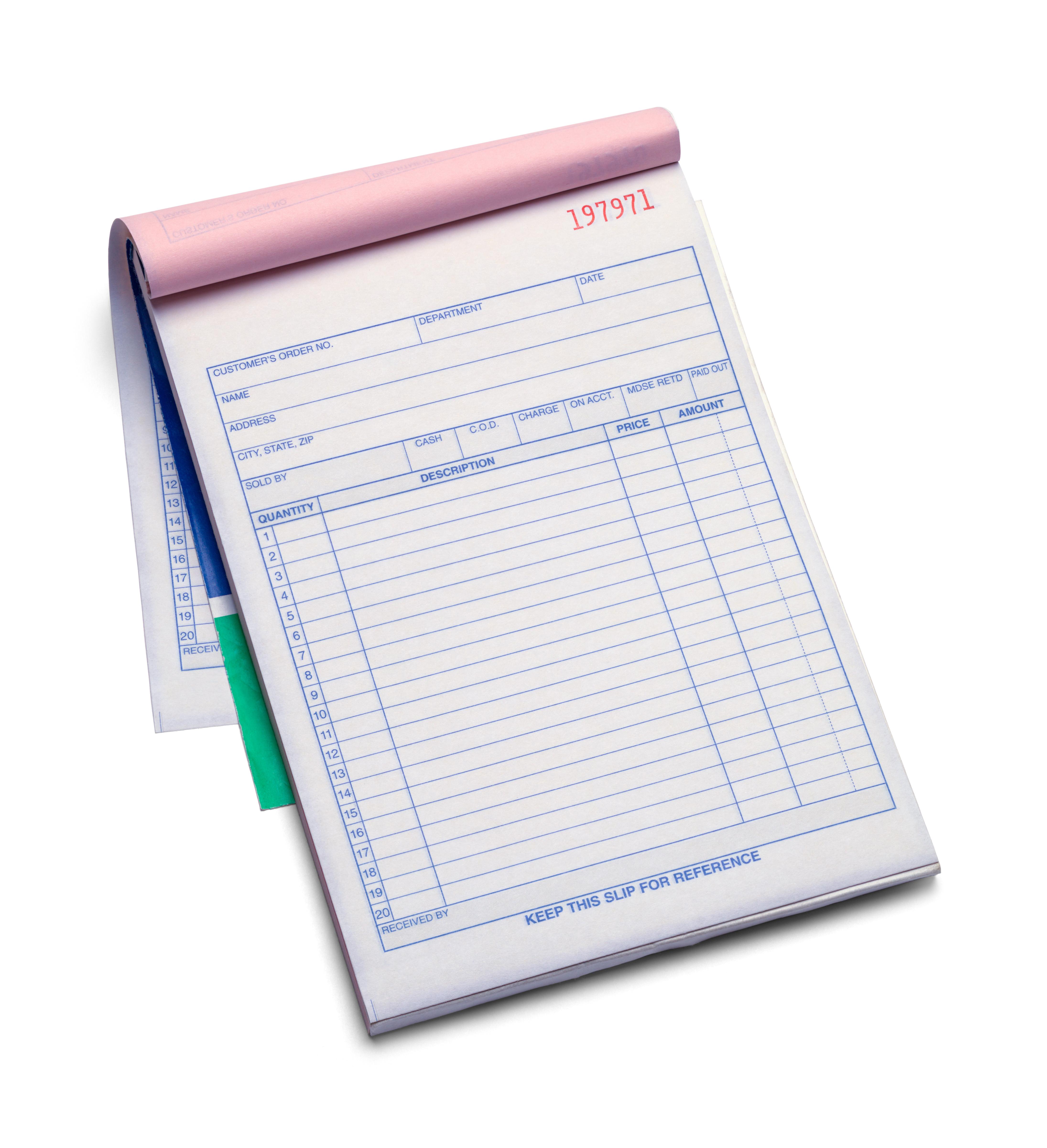Everything You Need to Know About NCR Books: The Ultimate Guide to No Carbon Required Printing
In an increasingly digital world, you might think that paper forms and books would be on the way out. But if you work in industries where clear, reliable, and physical records matter—like construction, hospitality, logistics, or small business—NCR books remain an essential tool. They combine practicality with simplicity, helping you create duplicate or multiple copies of important documents without the fuss and mess of carbon paper.
So, what exactly are NCR books? How do they work? And why might your business still need them? Let’s dive deep.
What Does NCR Mean?
NCR stands for No Carbon Required. Originally, businesses used carbon paper between sheets to make duplicate or triplicate copies as forms were filled out. This was messy, wasteful, and easy to get wrong. NCR paper changed the game by using a chemical coating on the sheets that automatically transfers the writing pressure to the sheets underneath—no carbon paper needed.
The term “NCR book” now broadly refers to non-carbon copy books that create two or more copies from one writing. These can be duplicate (two copies), triplicate (three copies), or even quadruplicate (four copies) depending on your business needs.
The Many Faces of NCR Books
NCR books come in a huge variety of forms depending on your industry and what records you need to keep. Some of the most common types include:
- Invoice Books: For billing customers with multiple copies for your records and theirs.
- Purchase Order Books: Helps streamline ordering and approvals with copies for supplier and purchaser.
- Restaurant Docket Books: Essential in hospitality for kitchen orders and customer bills.
- Delivery Docket Books: To confirm goods received and shipped with proof of delivery.
- Vehicle Log Books: Track vehicle use, mileage, and maintenance records.
- Adjustment Note Books: For credit notes or adjustments to previous invoices.
- Phone Message Books: Log calls and messages professionally.
- Quotation Books: Provide customers with detailed price quotes while keeping a copy on file.
- Receipt Books: Issue proof of payment in duplicate or triplicate.
- Statement Books: Summarise account activity for clients.
- Tax Invoice Books: Comply with tax regulations while keeping official records.
This list isn’t exhaustive—if you need a specific kind of NCR book, it can be designed and printed to suit your exact requirements.
Custom NCR Books vs Generic Books
When choosing NCR books, you have two main options:
1. Generic NCR Books
These are “off the shelf” books with standard layouts, often cheaper and ready to use immediately. They work well for simple record keeping but might not fit your exact business processes or branding.
2. Custom NCR Books
These are tailored specifically for your business. You can add your logo, branding, company contact info, tax file number, and customise every part of the form’s layout. This means you can specify exactly:
- How many columns and rows your form has
- The labels and fields included
- Sequential numbering on each page to keep track of documents
- The number of copies per page (duplicate, triplicate, quadruplicate) and the colour of each copy (white, pink, yellow, etc.)
Custom books help you keep things consistent, professional, and compliant with your industry standards.
Why NCR Books Are Still Relevant Today
You might wonder if paper forms like NCR books are becoming obsolete in the digital age. The answer? Not quite. Here’s why:
- Legal and Compliance Requirements: Many industries still require physical copies for audits, compliance, and proof of transactions.
- On-the-Spot Documentation: In fast-paced environments like delivery, hospitality, or trades, filling out NCR books onsite is quick, reliable, and requires no tech.
- Clear Paper Trails: Multiple copies provide instant documentation for all parties involved without waiting on printers or digital syncing.
- Simplicity and Reliability: No batteries, no software glitches, no connectivity issues—just a pen and paper.
- Cost-Effective: For many small and medium businesses, printing NCR books is affordable and hassle-free compared to setting up complex digital systems.
What Can You Customise in Your NCR Books?
The beauty of ordering custom NCR books is complete control over what your forms include:
- Design and Layout: You decide the number and arrangement of columns and rows, plus what each field is labelled.
- Branding: Add your logo, company colours, and contact info to reinforce your brand identity.
- Form Numbering: Sequential numbering keeps your records organised and traceable.
- Copy Colours: Choose the colours of the copies for easy identification (white for originals, pink or yellow for duplicates/triplicates).
- Binding Options: Stapled, glued, or perfect bound depending on how you want the book to feel and function.
- Perforations: Tear-out pages for easy distribution or filing.
How Dumont Industries Can Help
At Dumont Industries, we’ve helped countless businesses across Australia with custom NCR books perfectly tailored to their needs. We have graphic designers on hand to bring your vision to life, whether you provide artwork or want us to create it for you.
Our print quality ensures every page is crisp and clear, so your handwritten notes are transferred perfectly onto the copies below. We also offer flexible quantities, quick turnarounds, and clear communication every step of the way.
Final Thoughts
NCR books might seem like an old-school solution, but they remain a vital part of many businesses’ operations. When you want reliable, easy-to-use, and fully customisable copy books for invoicing, deliveries, orders, or any other documentation, custom NCR books are a smart choice.
Got questions or want a quote? Reach out to the team at Dumont Industries today—we’re here to make your print solutions work exactly how you need them to.
Ready to make your paperwork easier, clearer, and more professional? Let’s get started!

